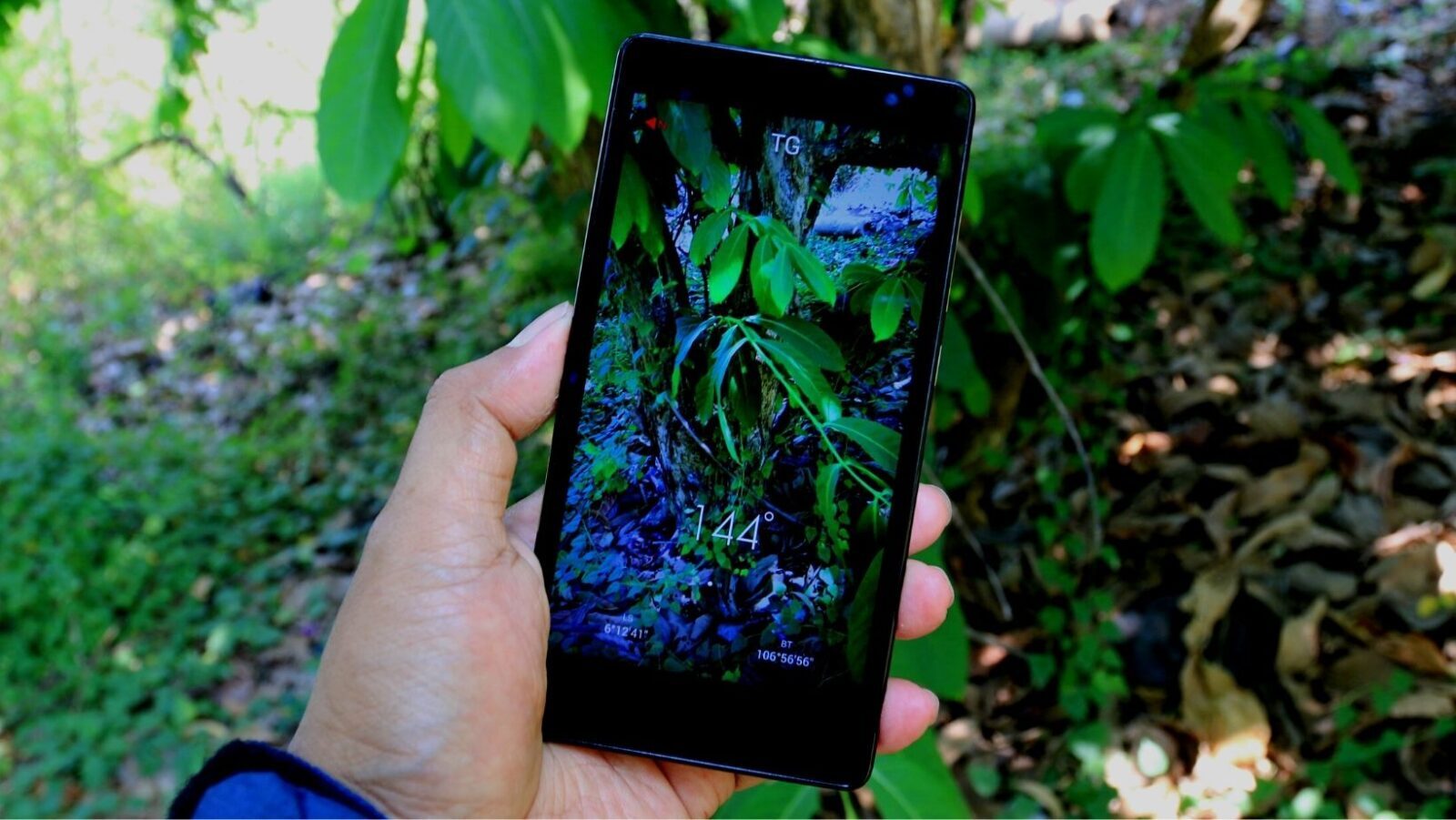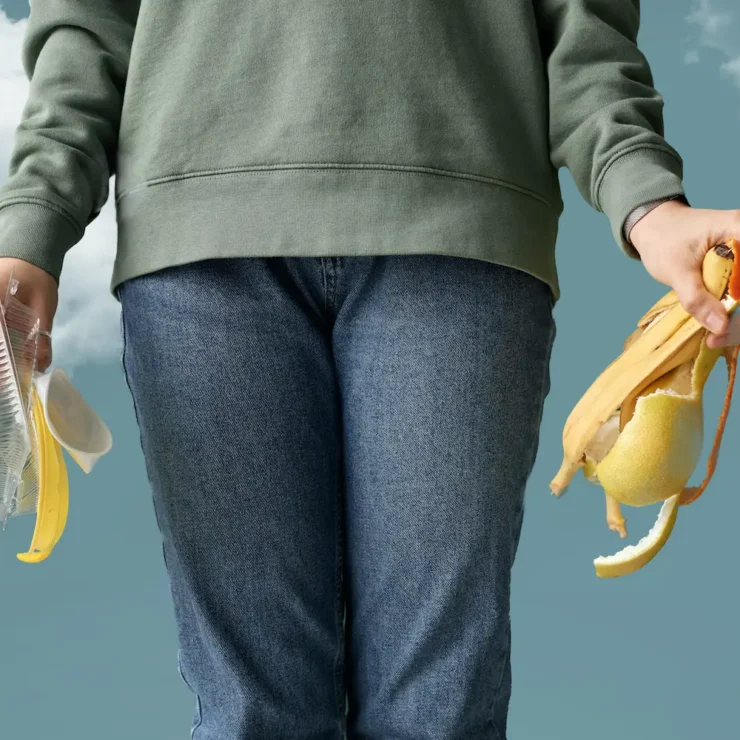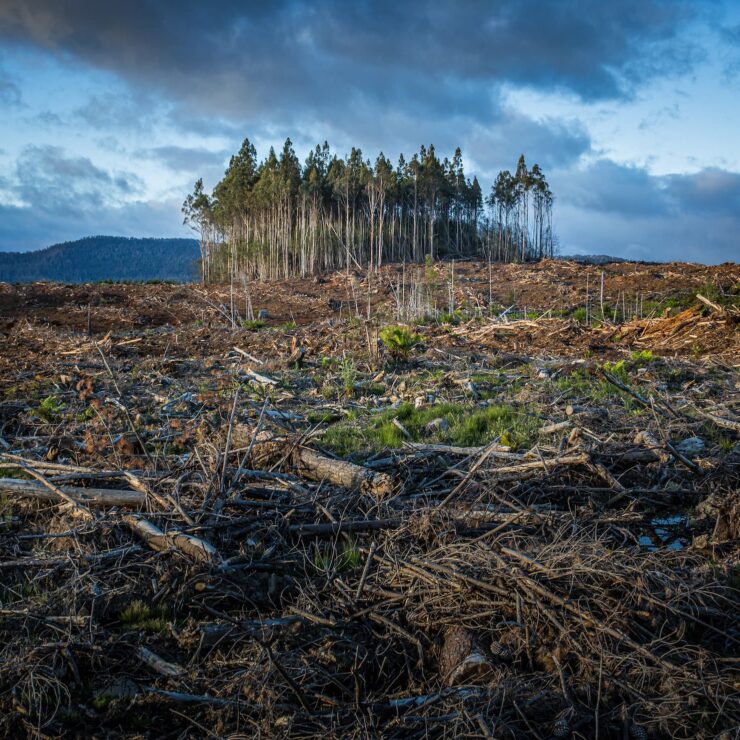Have you ever wondered how big your digital footprint could be? Or where does it come from? How many applications do you have on your phone that you don’t use? Or old emails with large attachments that you don’t even remember?
Every application, file you upload or email has a cost and a negative impact on the environment, because this data must be available everywhere.
And it all consumes more and more energy.
We live on the web
Much of our day-to-day editorial work is online: communication, work, and entertainment go online.
Every search, video you watch, cloud service, or email actually consumes energy and increases our carbon footprint.
Does that mean we need to tighten our web habits to reduce our digital footprint?
Fortunately, you don’t have to, but you can do your job so that the CO2 footprint is as small as possible.
 How many apps do you have on your phone?
How many apps do you have on your phone?
The use of smartphones produces 125 megatons of CO2 per year, and a large part of this is accounted for by applications downloaded to the phone.
You probably don’t use all the apps you have on your phone, but all apps use power.
The apps have trackers that analyze your activity as a user and process your data. Nearly half of the apps have at least five trackers attached, all of which increase the CO2 footprint.
However, 50 percent of apps still use users’ data after closing. The most energy-intensive apps reduce the phone’s battery life by up to three hours.
So if you suddenly feel that your phone’s battery is running out of power too quickly, check your apps before buying a new phone.
Keep your files and photos organized
Do not store images on your phone, computer, or cloud that you do not actually use or that have no special meaning or value.
Every photo, video, and file that is uploaded to the cloud consumes electricity and produces CO2, increasing the digital footprint.
Files uploaded to the cloud platform consume more electricity globally than the whole of Germany.
That’s why it’s worth sorting your photos and videos on your phone and in the cloud on a regular basis.
Often, people have 25 different pictures of the same thing, person, or pet in one album, only one of which is actually shared or uploaded at best. The remaining images can be deleted.
If you still don’t want to delete the pictures, it’s a good idea to simply upload them to an external hard drive or memory stick.
Do not use video streaming as background noise
Watching videos online emits 300 million tonnes of CO2 a year.
Power is consumed by the smartphone, tablet, or regular computer from which the video is viewed, as well as the server and network that share the video.
It is especially energy-consuming to play the video on a computer and pass it on to the TV.
According to Netflix itself, they consume 451,000 megawatt-hours of electricity a year, which would supply as many as 37,000 households.
Going to bed with TV is expensive fun.
Videos, series, and movies don’t have to be given up, but they certainly shouldn’t be used as background noise.
For your own health, video background noise should not be used to fall asleep in the evening.
If silence scratches your ear, you can try Spotify, for example, which is a much more energy-efficient platform.
Reduce digital footprint by using Wi-Fi instead of data
Turn off data and use Wi-Fi at home or on other secure networks.
It’s a two-way win:
saving nature and saving money.
We’re used to being friends online most of the time and responding to our messages within minutes.
But it comes at a price.
Data communication uses twice as much power as Wi-Fi, and because it is often constantly on, people also consume the device’s battery.
Data communication does not have to be on at night or when you are not using it (for example, during school hours, next to work, or during training).
Send fewer emails and opt-out of newsletters
The problem with emails is that they are stored not only in our mailbox but also on large servers that consume a huge amount of electricity.
That’s why you need to keep your inbox tidy: delete old messages, spam, offers, and anything else you don’t need.
However, instead of large attachments, you could use links and try not to use correspondence as a chat.
Don’t keep messages in your inbox that you’ll never read again.
Read more about reducing the digital footprint (and carbon footprint) and contribute to the preservation of life, forests, and nature.





